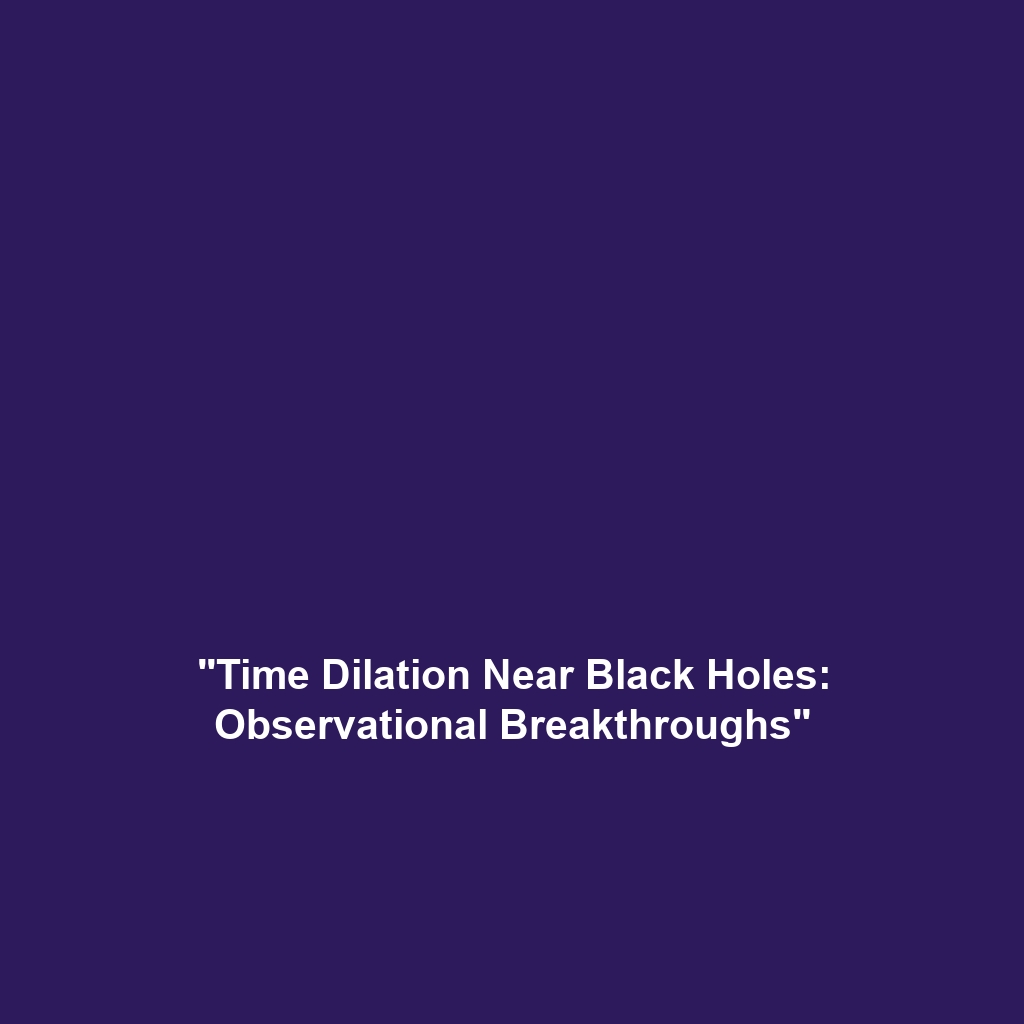Simulation of Black Holes: How They Are Modeled in Computer Simulations
Introduction
Black holes, mysterious cosmic entities, captivate both astronomers and physicists with their extraordinary properties and profound effects on surrounding matter and light. The simulation of black holes using advanced computer models is crucial for understanding these enigmatic objects. By accurately modeling black holes, researchers can investigate their formation, interactions with other astronomical phenomena, and influence on the fabric of spacetime. This article delves into the significance of black hole simulations, examining the methodologies, applications, current challenges, and future research directions in this exciting field.
Key Concepts
Simulating black holes involves several key concepts that are fundamental to both theoretical physics and computational modeling. Below are essential principles underpinning the modeling of black holes.
Theoretical Framework
Black holes are described by Einstein’s General Theory of Relativity, which posits that massive objects warp spacetime around them. Computer simulations strive to replicate these effects, enabling scientists to visualize black holes’ dynamics.
Numerical Relativity
This is the field that employs computational methods to solve the equations of General Relativity. Techniques such as grid-based simulations and particle methods allow researchers to analyze black hole mergers and their gravitational wave emissions.
Visualization Techniques
Advanced visualization tools like ray-tracing provide stunning imagery of black holes, making complex phenomena more understandable to the scientific community and the public.
Applications and Real-World Uses
The simulation of black holes has numerous practical applications that contribute to our understanding of the universe:
- Gravitational Wave Research: Simulations inform the study of waveforms generated during black hole collisions, essential for interpreting data from observatories like LIGO.
- Astrophysics Explained: Models help predict phenomena such as accretion disks, enhancing our comprehension of high-energy environments around black holes.
- Educational Tools: Simulated images and scenarios serve as valuable resources in astronomical education and public outreach programs.
Current Challenges
Despite significant advancements, several challenges persist in the simulation of black holes:
- Computational Limitations: Accurate black hole simulations require immense computational resources, which may hinder real-time analysis.
- Complex Interactions: Modeling interactions involving black holes with other celestial bodies or phenomena remains a complex task.
- Data Interpretation: The vast amount of data generated can make developing clear interpretations challenging.
Future Research and Innovations
The future of black hole simulations holds exciting prospects, including:
- Quantum Computing: The emergence of quantum computers may help solve complex equations more efficiently, leading to more precise simulations.
- Advanced AI Models: Machine learning could enhance predictive models and pattern recognition within simulation data, revealing new insights into black hole behavior.
- Collaborative International Projects: Initiatives like the Event Horizon Telescope encourage global cooperation in modeling black holes and integrating findings across various fields.
Conclusion
In summary, the simulation of black holes plays a critical role in enhancing our understanding of these cosmic giants. As computational methodologies evolve, they will continue to provide vital insights into the universe’s mysteries. For those interested in delving deeper, exploring other topics such as gravitational waves and the impact of massive celestial bodies on cosmic navigation is highly recommended.


